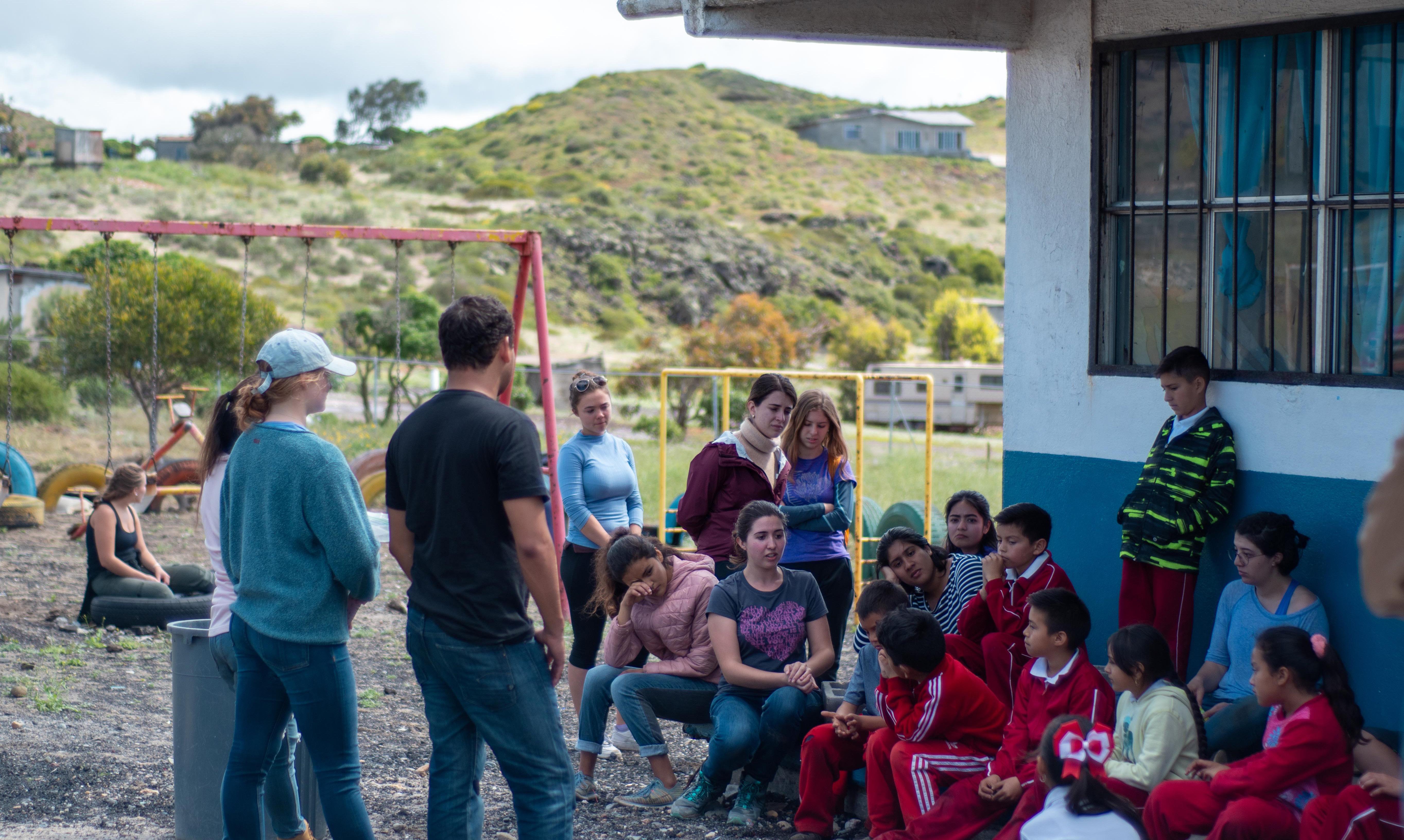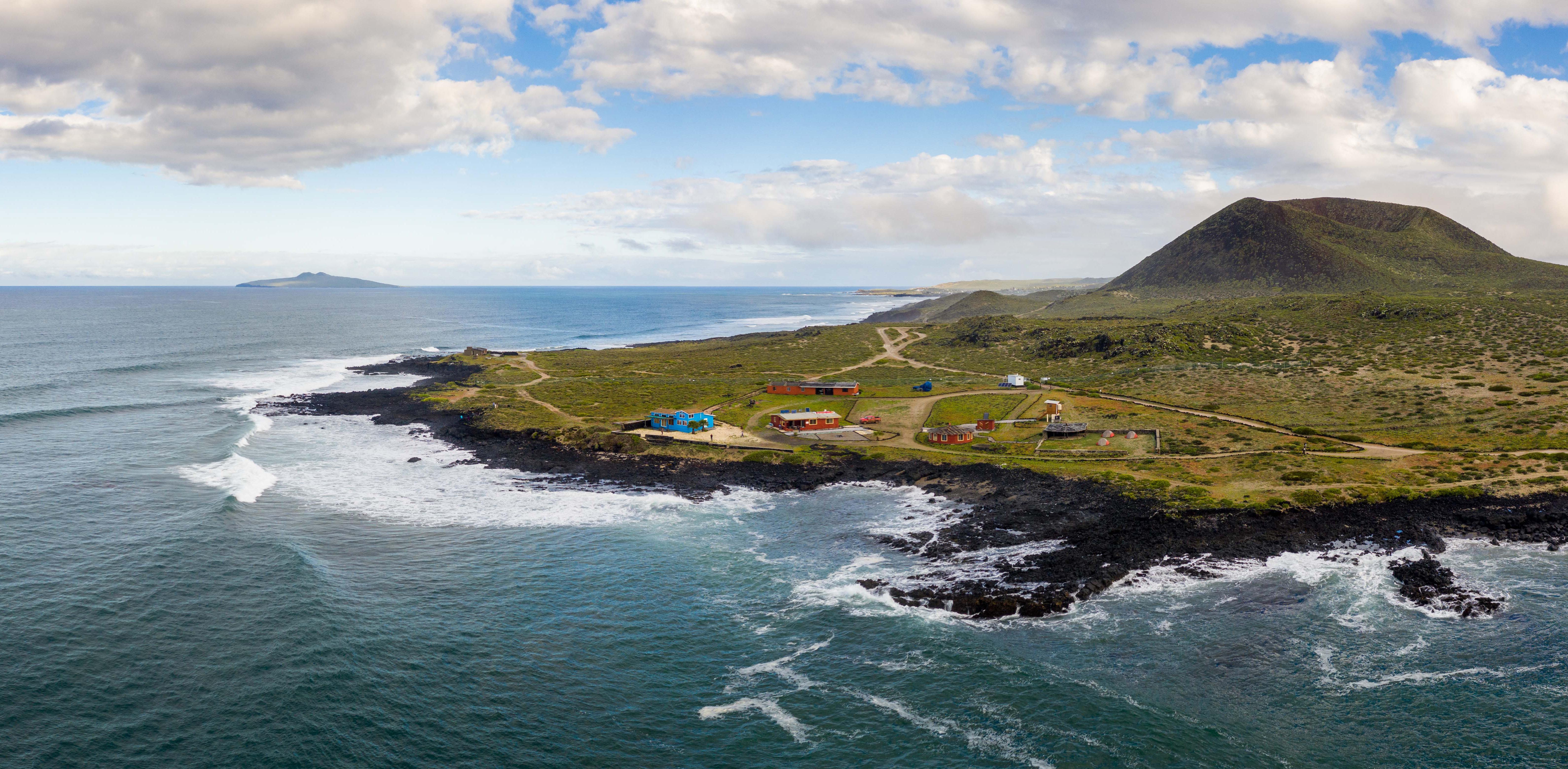
4 minute read
The Integral Tie Between Community and Conservation
By Emily Tanner / Photos by Alejandro Arias
In México, there exist conservation programs of varying formats including government mandated Protected Areas (PA), Areas Voluntary Devoted to Conservation (ADVC) and areas under Payment for Environmental Services (PES) [1]. Each format requires the involvement of community, be it local, national, or global.
Advertisement
We live in a day and age in which human impact is evident in all corners of the earth, either directly or indirectly. As climate change is already in motion, even inaction is a form of participation in environmental changes.

La Chorera is a community located near the Punta Mazo Nature Reserve.
Photo by Alejandro Arias.
During my time in Baja California, getting to experience firsthand the unique terrain, conservation projects, and community involvement, I became aware of just how important humans are in the success or failure of conservation projects.
As we pulled up in our not-so-white-anymore van close to we would be sleeping that night in San Quintin Bay, we were greeted by Guti, a friendly, smiling woman who plays an important role in facilitating relations between Terra Peninsular and the local community of San Quintin. After getting our bearings together, we headed on to our campsite, which was previously the house of a fisherman. The beach adjacent is a spot where people collect stones to sell to larger stores for profit. Upon arriving at the campsite, park rangers welcomed us and opened the gate, making the presence of the local community in the ADVC of San Quintin all the more visible.

Photo by Alejandro Arias.
I started to ask myself to what extent the local community advanced or detracted from the conservation projects of Terra Peninsular with San Quintin, considering that they have a significant wealth of knowledge about their land but also understanding that economic circumstances often provoke individuals to act in a manner that is non-concordant with the goals of conservation projects. For me this question was never really resolved: different actors contribute in different ways to the projects, with varying degrees of positive and negative impact. But what became more and more clear was the fact that the local community is an integral part of the success of conservation projects.
The following day we loaded ourselves into trucks and arrived at the local school of La Chorera, where classrooms of school children awaited us. I still didn’t quite grasp why we were being told to interact with these students, and what this had to do with conservation: wouldn’t it be more worthwhile to identify local species, or remove native plants? We spent the morning between being chased by the children in games and sharing some of our knowledge about local ecological phenomena like the San Quintin kangaroo rat (Dipodomys gravipes) and gray whales (Eschrichtius Robustus).

Photo by Alejandro Arias.
I was beginning to see the connection between education and conservation, but I didn’t really see how teaching these children would make a direct impact on conserving the local area. I wondered: Were they paying attention? Would they even remember what we were saying? However, later that evening, we learned about the deliberate introduction of Tilapia fish from Africa, which, due to their carnivorous status, have contributed to native habitat degradation through the predation of native species of fish. Of course, local fishermen profited from this introduction and, consequently, there was a conflict between the interests of sustenance of the people and conservation.
Understanding that the children we interacted with were the sons and daughters of the very people who have to make a living within the San Quintin Bay, often through the extraction of natural resources, I suddenly understood the importance of interacting with them. Beyond the lessons we shared with them, building trust and a relationship is essential. In this way, it is possible to understand their perspective and needs so that conservation projects can involve the local community in a manner that is beneficial for both parties, in order to establish long-term, sustainable projects.

Punta Mazo Nature Reserve in San Quintin.
Photo by Alejandro Arias.
Moreover, the local people are key actors in conservation projects, as they can either be part of the ecological disruption, or part of maintenance and preservation of key ecological areas. Simply banning them from certain destructive activities will benefit no one, as it will likely hurt their livelihood, thereby making “conservation” a distant entity, something designed for the privileged, or they will simply find new ways to access these resources under the radar of conservation supervisors. By building a relationship with them and establishing trust, conservation projects can find success over the long-term.
In formal education settings, we are often taught how to approach scientific experiments and methods for conservation, but it is not frequently emphasized just how integrally involved local communities are in ecological evolution, destruction and change. Having had the experience to travel within Baja California and participate in the projects of Terra Peninsular, I am grateful to understand the interconnected nature of community and conservation and look forward to employing this knowledge in future work.

Photo by Alejandro Arias.
♦ EMILY TANNER is Biology student from the Universidad de las Américas Puebla (UDLAP).
References
[1] Méndez-López, M. E., García-Frapolli, E., Ruiz-Mallén, I., PorterBolland, L., & Reyes-Garcia, V. (2015). From paper to forest: Local motives for participation in different conservation initiatives. Case studies in southeastern Mexico. Environmental management, 56 (3), 695-708.









